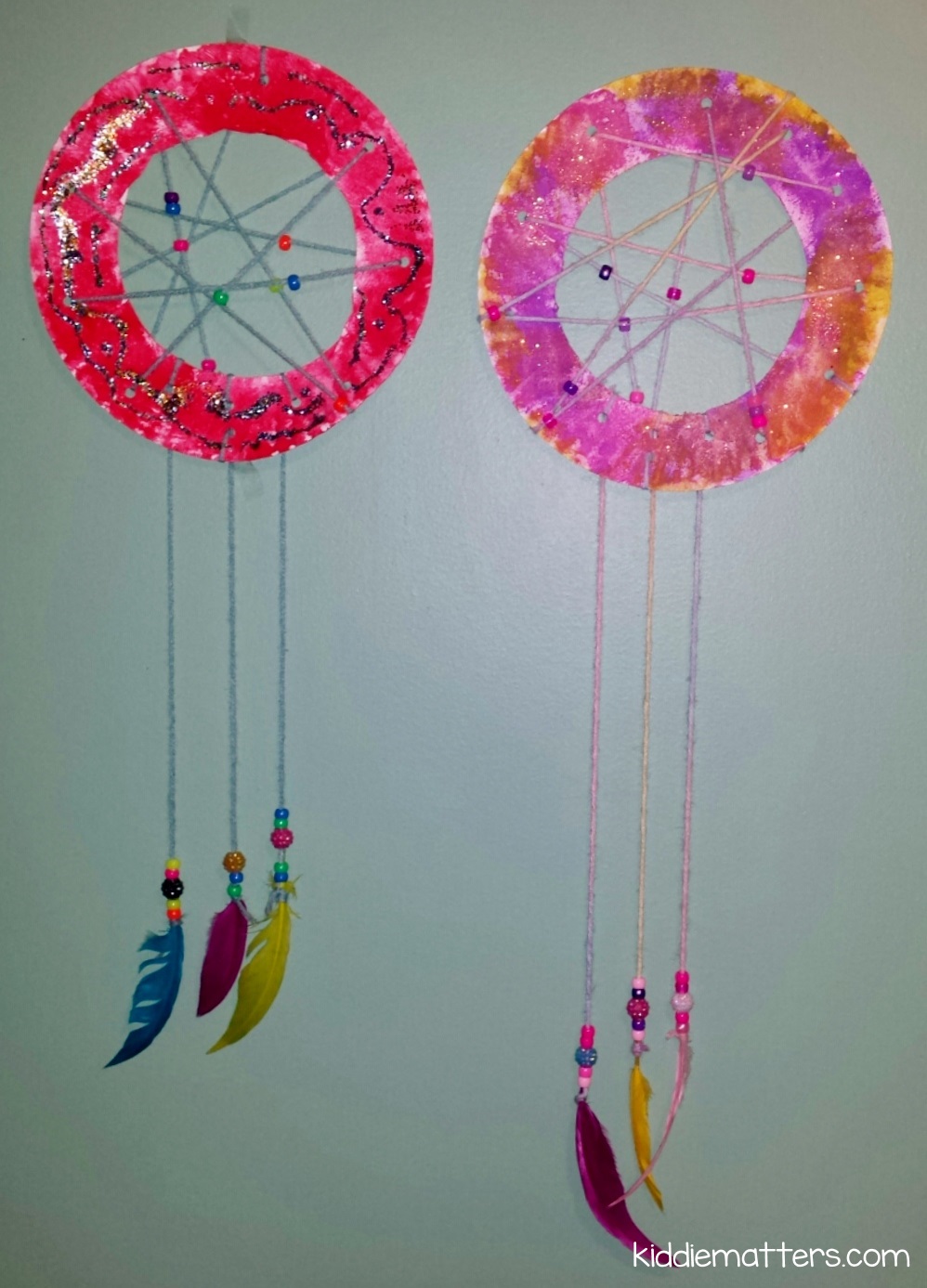Hello!
Today can you warm up with some jumping? Ask your grown up to hold up one of your 1-20 number cards. Shout out the number as loud as you can and then do that many star jumps, counting them carefully!
Today we are going to work on identifying numbers that are one more or one less.
We are going to join Hedwig and watch another video from the Oak National Academy. Please stop the video once the teacher starts explaining the independent task however, as I would like you to complete the task I have set instead.
Watch the first part of the video, but do not complete the independent task. Please complete the following task instead. It is very similar, but a bit less confusing!
You will need to draw out a table similar to this on a piece of paper. The middle column on the table says ‘My Number’. The left hand column says ‘One Less’ and the right hand column on the table says ‘One More’.
Here is a link to a PDF of the table, you can print it off, or click on the link to make it easier for you to see the table and copy it.
One More One Less table to complete
You will also need your number line, and the number word mat from your resource pack.
There are two options for finding the number to go in the middle column.
You can either close your eyes and pick a number card, or you can put all your counters into a dish, grab a handful and count them.
When you have got your number, write the number digit and number word in the middle column of the table, like this.
Now find the number you have put on the table on your number line. Draw a circle around it. I picked the number 14, so I have found and circled the number 14 on the number line. Use your jumps to work out what number is one less than the number you have written, in my case, the number 14. (Remember less means the number will be smaller) .
Now fill in that number digit and number word in the left hand column of the table, the ‘one less’ column.
one less than 14 is 13
13 is one less than 14.
Go back to your original number on the number line, use your jumps to work out, what is one more. Remember your number will get bigger.
Now write that number digit and number word into the ‘more than’ column of your table.
one more than 14 is 15
15 is one more than 14
Repeat this activity, using a different number. Either pick a different number card with your eyes closed or put the counters back into the dish and grab another handful.
Repeat this activity at least 8 times, filling in the table each time. Please send me a picture on Dojo.
Follow this link to play an interactive game to practise your one more and one less counting skills. Select the ‘1 more 1 less’ option and then click on numbers to 20.
https://www.topmarks.co.uk/learning-to-count/chopper-squad



































